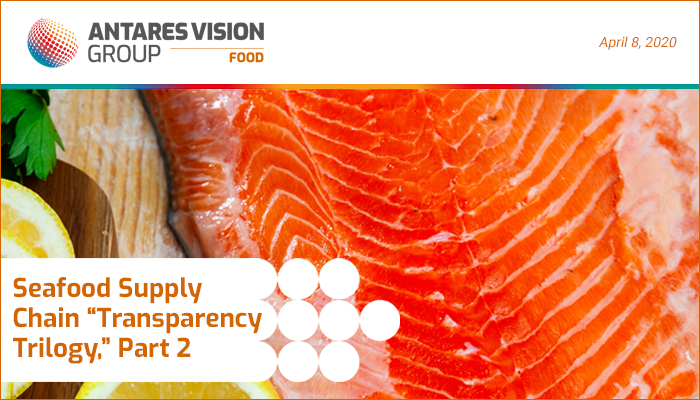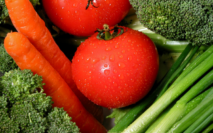This is Part 2 of our global seafood supply chain Transparency Trilogy. Check back on Friday for the last installment, as well as other food and beverage news!
In the first part of our trilogy, we talked about why the worldwide call for global seafood supply chain transparency has gotten louder and louder. Now we’re ready to talk about how transparency benefits the supply chain itself.
Spoiler alert: It just makes everything better!
Can a penny-pincher be proactive?
If asked, most seafood companies would probably say their intentions are good and they support a “do no harm” approach in their operations. They see themselves as guardians of a well-managed resource; indeed, they’d argue that it’s in their best interests to promote sustainability, legal fishing practices, environmental responsibility, and supply chain transparency. After all, if fish populations dwindle, they could be out of business.
Many companies have policies that require their buyers to verify (as much as possible) that the seafood they procure meets minimum standards for sustainability, safety, and quality. Such self-regulation is a good first step, but the reality is that enforcing these standards is tough. Very tough.
Lack of transparency in the supply chain is one reason for this. But given its overwhelming “pros,” why do seafood companies continue to view transparency as a cost rather than an investment? Sure, it takes money — sometimes a lot of money — to implement the systems, but there are compelling reasons for actors in the seafood industry to open their wallets and get on board with transparency in a digital supply chain.
The benefits of global seafood supply chain transparency: What stakeholders should know
From “catch to plate,” transparency benefits everybody in the seafood supply chain. Here’s how.
Suppliers. These are the processors and manufacturers. They benefit from transparency because it allows them to protect their business investments and comply with regulations. Suppliers can use transparency data to show their trading partners and consumers that they are doing things the right way, the responsible and sustainable way. Transparency also lets them control their supply chains more accurately and improves the quality of their product, also important selling points for partners and consumers.
Suppliers can also use transparency to build their brand reputations. For example, they can engage with consumers directly, using data to demonstrate that their products are sustainably sourced and legitimate, and that they are responsible corporate citizens. These are qualities that consumers will demand more, not less, as they have ever-expanding ways to verify what they’re buying and more options for where to spend their money.
Brands and distributors. Transparency lets brands and distributors know exactly what they’re purchasing, which will give them peace of mind about the origins, sustainability, and legitimacy of the products they offer. Furthermore, like suppliers, they can comply with regulations, such as the U.S. Seafood Import Monitoring Program (SIMP). Brands and distributors can also use transparency to build their reputations and solidify their relationships with customers. Being able to prove the who, what, when, where, how, and why of their products is a powerful tool for branding and communications.
Retailers, food service groups/providers, and consumers. High-quality products with traceable provenance give retailers and food service companies better control over their supply chains and more ways (i.e., data) to protect their brands. Like suppliers, brands, and distributors, they’ll be able to entice customers and secure their loyalty.
At the very end of the supply chain, it’s consumers who stand to gain the most from transparency. They’ll know where their seafood comes from. They’ll know it’s safe, and they’ll feel good about being responsible shoppers. And as transparency really becomes the norm, they’ll be inclined to purchase only products that can prove provenance, and only from companies that can prove they are “doing the right thing” when it comes to the global seafood supply chain.
Final thoughts about global seafood supply chain transparency
rfxcel is part of the transparency solution. If you read our last blog about transparency in the global seafood supply chain, you’ve seen that our solutions optimize traceability, transparency, efficiency, and quality so supply chain stakeholders and consumers alike can reap the benefits.
For seafood and all other F&B supply chains, the latest version of our signature rfxcel Traceability System (rTS) is the most complete and flexible raw materials and finished goods traceability solution for the industry. Our rfxcel MobileTraceability app can track any batch, movement, and handler at any location, putting the power of a digital supply chain at your fingertips. And with our rfxcel Integrated Monitoring (rIM) solution, supply chain actors can see their products in real time and mine rich unit-level data about more than a dozen environmental conditions.
Learn more about these and our other solutions for F&B here.





